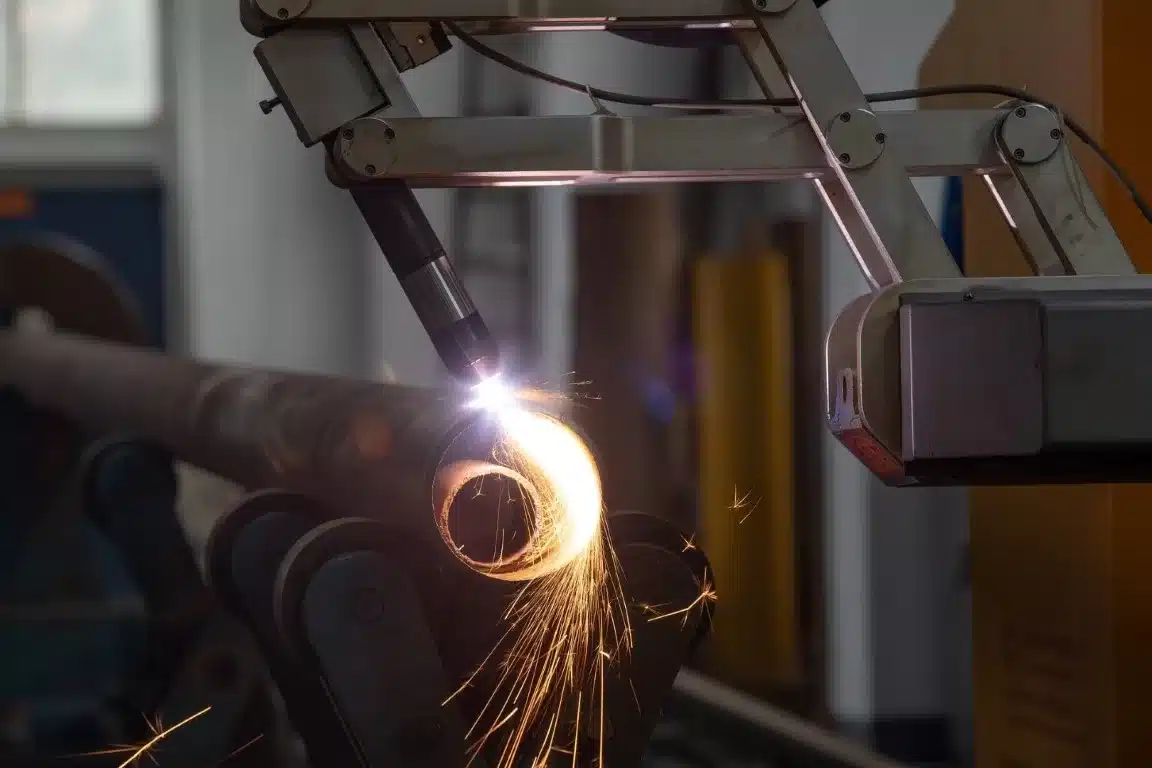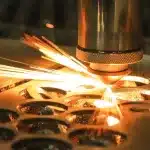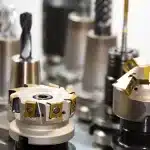In the realm of manufacturing and mechanical engineering, machine shops play a significant role. They are the crucibles where ideas are transformed into tangible products, where the raw materials are meticulously carved into utility items. However, behind the scenes, there’s a lot more going on than meets the eye. Machine shops are often engaged in activities that qualify for Research and Development (R&D) tax credits, but most are unaware of their eligibility. One such qualifying activity is tool sequence alterations, an integral part of the machining process.
Understanding Tool Sequence Alterations
Tool sequence alterations involve the strategic modification of the sequence in which tools are used during the machining process. It’s a technique that requires an understanding of each tool’s capability and the effect of its sequence on the final product. This activity is inherently experimental, involving hypothesis, testing, and analysis, making it a potential qualifying activity for R&D tax credits.
The Role of Engineers and Technicians
Engineers and technicians in machine shops are constantly engaged in tool sequence alterations, tweaking and refining the process to enhance efficiency and product quality. Whether it’s adjusting the sequence to reduce production time or to improve the product’s finish, these activities involve a significant degree of technical uncertainty and are aimed at achieving technological advancements. As such, they can often meet the criteria for claiming R&D tax credits.

Firms that understand how to use AI as a new tool in the broader context of process reengineering will arguably get the most from AI in the long run.
– Harvard Business Review
Unveiling the R&D Tax Credits
R&D tax credits are designed to encourage businesses to invest in innovation. They allow businesses to offset a portion of their R&D expenses against their tax liability, effectively reducing their tax burden. Despite the significant financial benefit, many machine shops remain unaware of their eligibility for these credits, missing out on potentially substantial savings.
The Potential of AI and Automation
The advent of AI and automation has revolutionized the way R&D tax credit claims are prepared and supported. Gone are the days of labor-intensive manual tracking and documentation. Now, AI-powered systems can accurately track eligible activities, manage claimant timelines, and even assist in writing detailed technical reports. This not only reduces the time and effort involved but also ensures a higher level of precision and compliance.
Get Your Estimate
Don’t let potential savings slip away. If your machine shop is engaged in activities like tool sequence alterations, you could be eligible for R&D tax credits. Click on the button below to get an estimate of how much you could save.

 - EN
- EN  - EN
- EN


